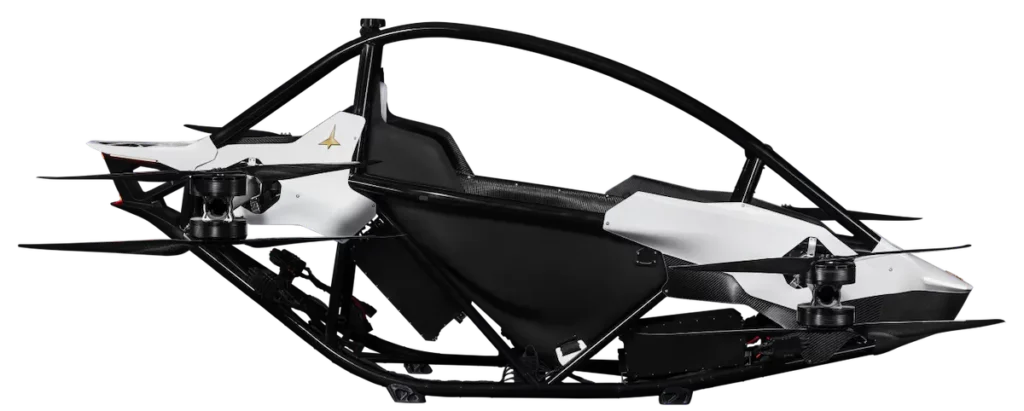How is data analytics used in transport and mobility?
Data analytics is omnipresent in modern vehicles, transport networks, and logistics systems. From AI-driven engines informing car design and enhancing automobile production lines, through route optimization algorithms used by public and private transport companies, to data-powered smart infrastructures, data is the lifeblood of mobility in all shapes and forms.
However, while the reactive data approach, which uses information to respond to events that have already occurred, is commonplace, proactive mobility data analytics is still relatively underutilized. We’ll illustrate that with an example.
Reactive vs. proactive mobility data analytics
Think onboard vehicle diagnostic (OBD) systems, which are mounted in vehicles to capture information about the car’s location, speed, mileage, and braking. This data-capturing solution has been legally mandated in many countries for years (the USA mandated the use of OBD in cars in 1996, while the European Union followed suit a few years later).
Simple mobility analytics software can read the information from these telematics devices and provide useful insights into the accident or breakage cause, for example. However, it cannot think forward based on the telematics knowledge enhanced with contextual data about the trip, driver, road & weather conditions, etc. Reactive data analytics systems act retrospectively, analyzing historical data, concluding about the past, and providing diagnoses, but not solutions.
Now, let’s take it to another level.
By applying advanced AI algorithms, mobility data analysts can move the needle from reactive to proactive solutions, taking the same data sets and augmenting them with more context. Enriching the ODB readings with information about weather and topology, dash cam footage, and the driver’s behavior patterns, for instance, opens a whole new opportunity to derive conclusions and predict and prevent certain events.
Analytical insights from mobility data can be used to understand the impact of driver behavior and trip context. This knowledge is invaluable, for example, for fleet managers, who can coach drivers to use less fuel or reach the destination faster. Insurance companies can also use it to build attractive loyalty and reward programs for their customers and offer them competitive, tailored rates.
And these are just two examples of industries that can thrive on sophisticated mobility data analytics. We will cover more verticals later, but first, let’s see what kind of data AI-driven mobility software can leverage.







